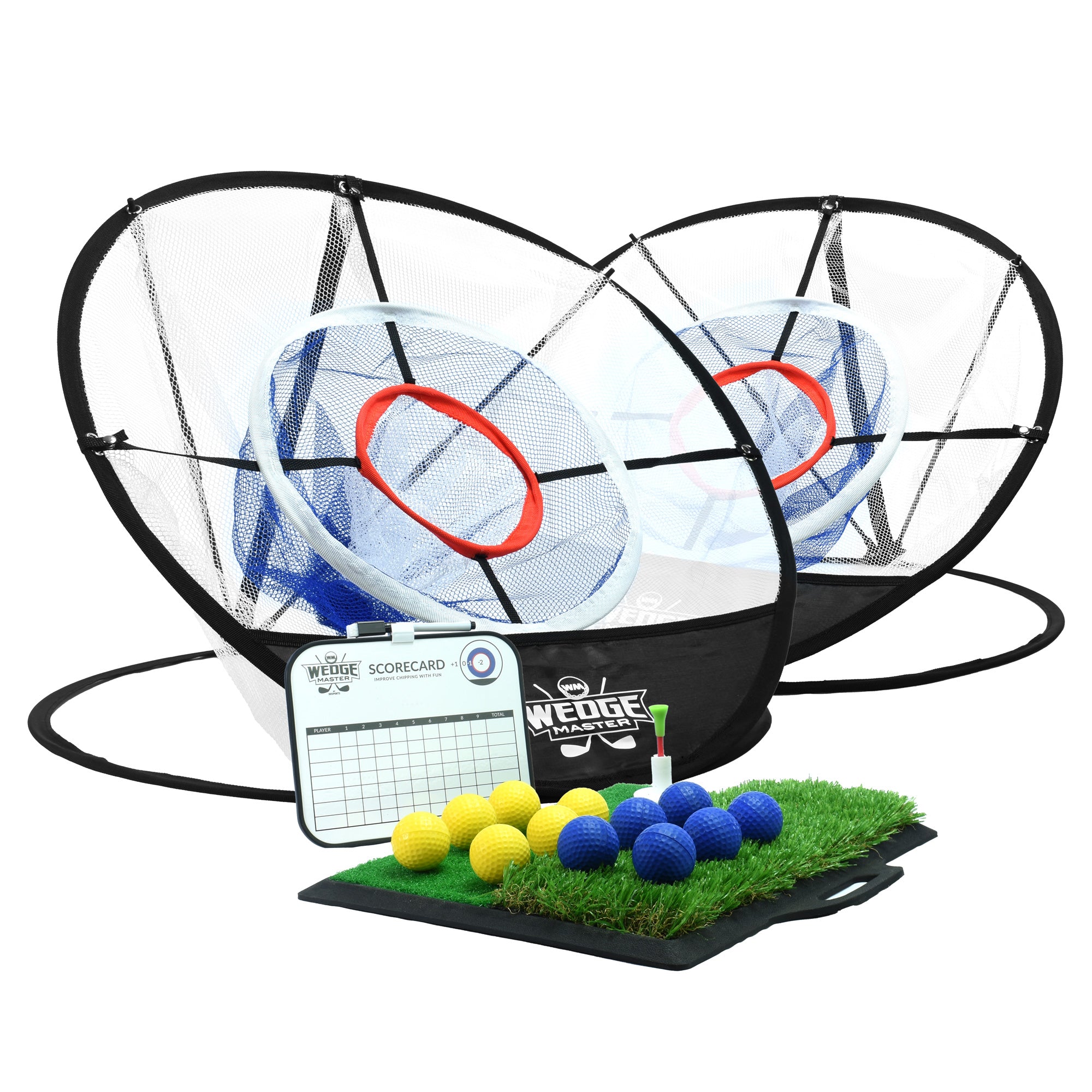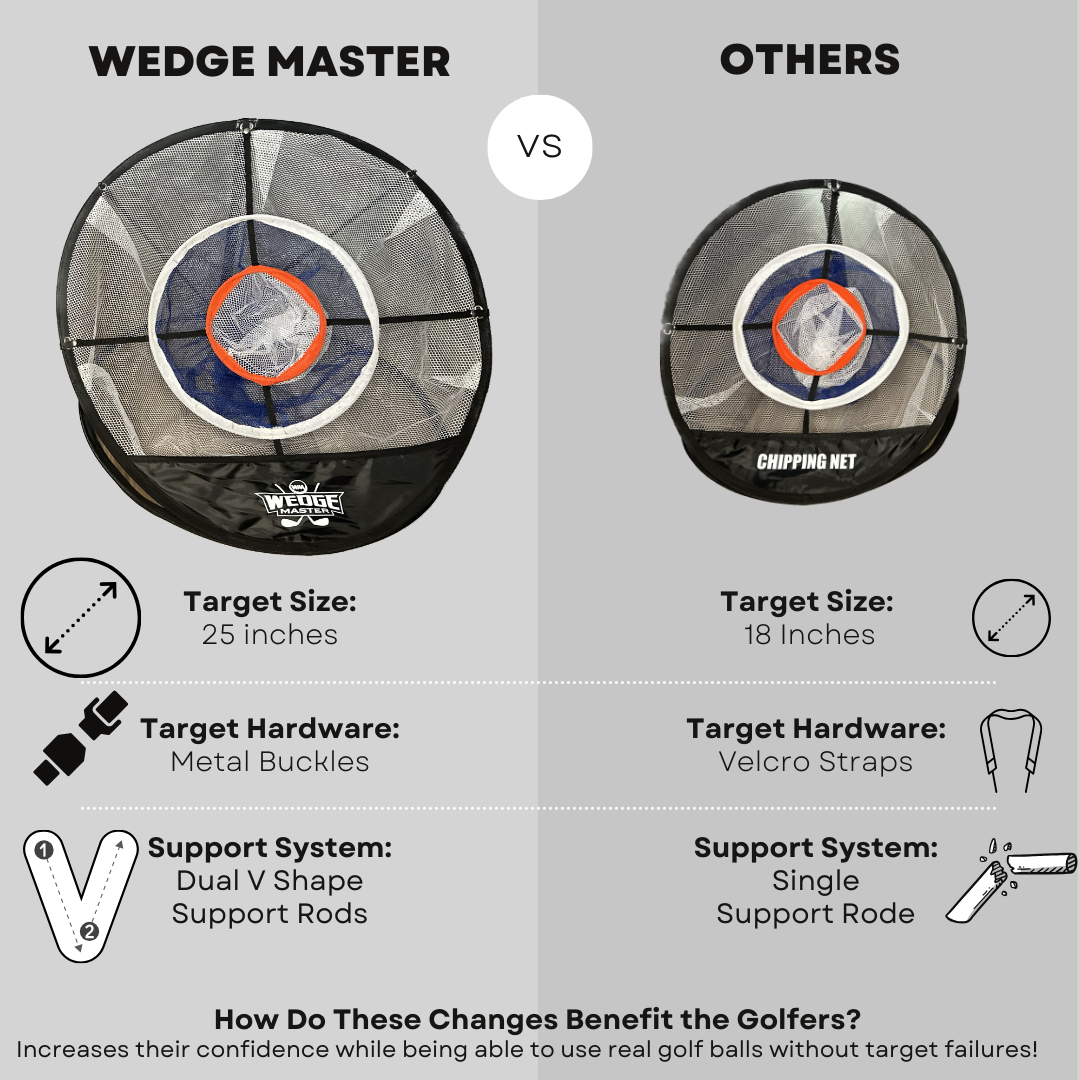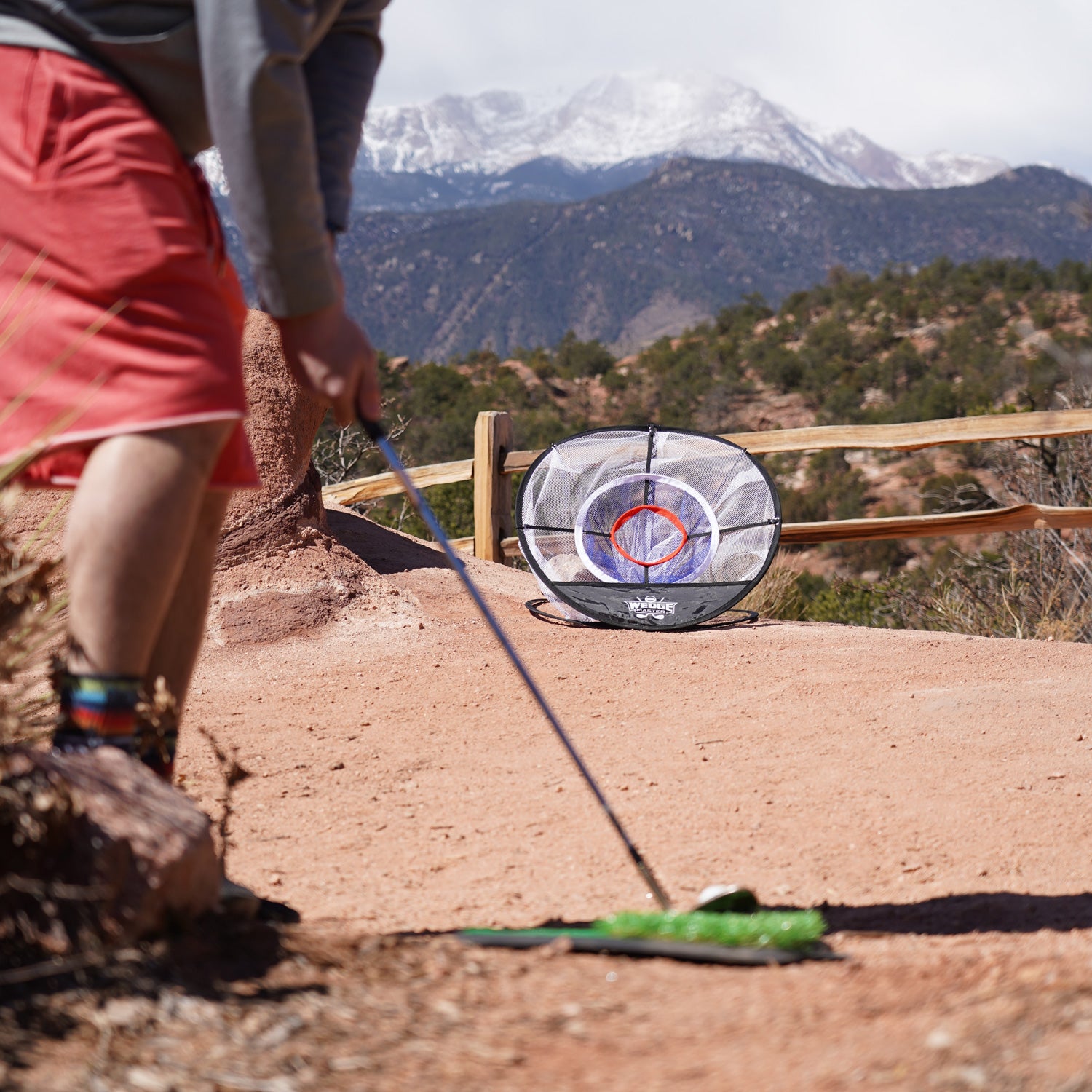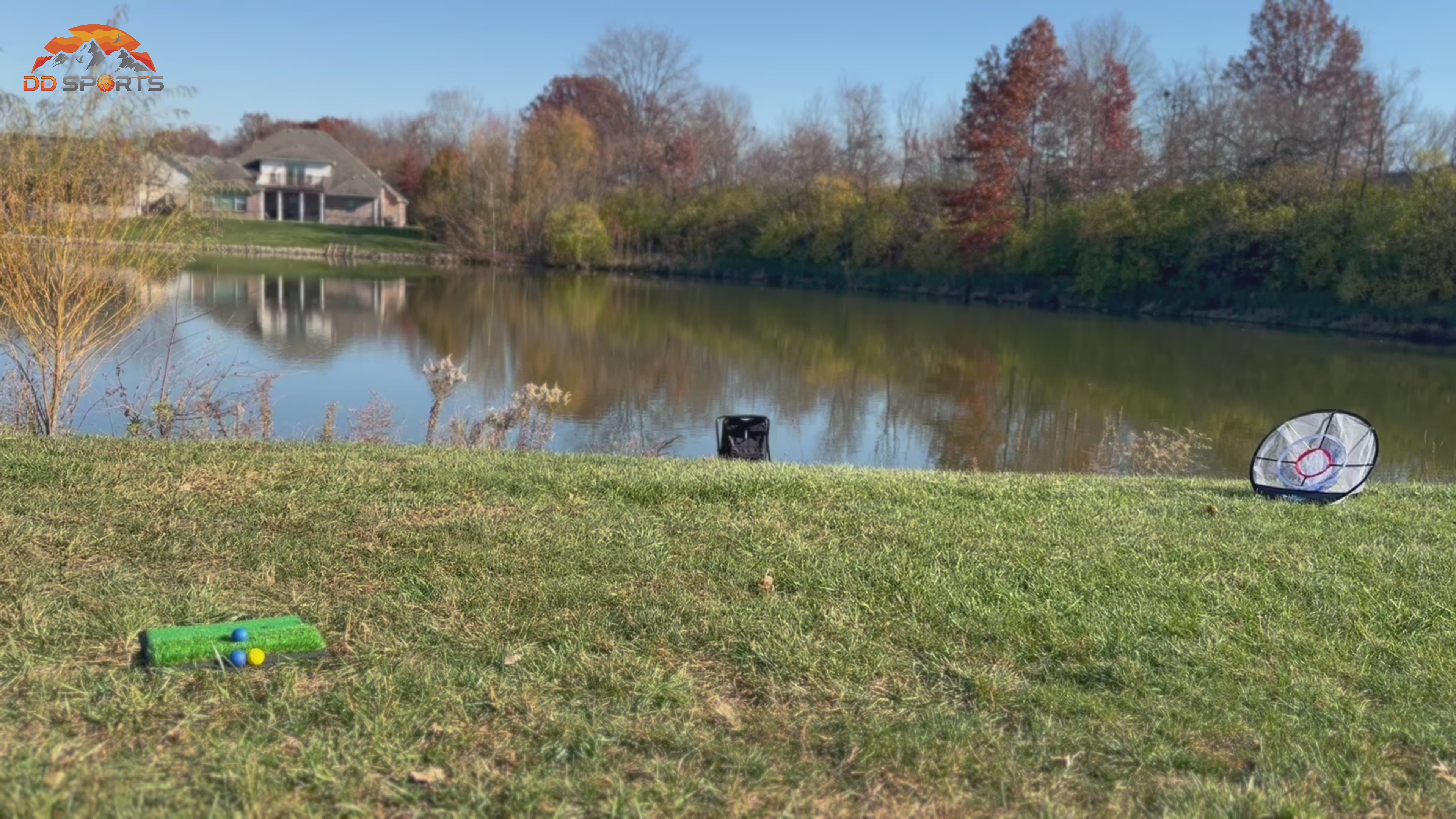
Is It Too Cold for Golf? Discover the Optimal Weather Conditions to Enjoy a Round!
Introduction:
As the golfing season rolls on, avid players are always on the lookout for the perfect weather conditions to hit the course. But have you ever wondered, what is considered too cold to play a round of golf? In this blog post, we delve into the ideal temperatures, guidelines, and precautions to help you determine when it's time to put those clubs away or brave the chill to tee it up.
1) Understand the Impact of Cold Weather on Your Game
Playing golf in colder temperatures can significantly impact your game, and therefore, it's important to be aware of the potential effects. Cold weather can lead to decreased ball distance, reduced club flexibility, and limited overall gripping ability. However, with the right preparations and precautions, you can still enjoy a round even in chilly conditions.
2) Ideal Temperatures for Golfing:
Though personal preferences may vary, most golfers consider temperatures between 50°F and 75°F (10°C to 24°C) as the sweet spot for an optimal experience on the course. This temperature range ensures comfortable playing conditions and allows the golf ball to travel its maximum distance. However, with adequate precautions, you can still enjoy the game in temperatures below this range.
3) Factors to Consider When Golfing in Cold Weather:
- Wind Chill: Take into account the wind chill factor, as it can make the temperature feel much colder than it actually is. Dress in layers and wear windproof garments to combat the impact of wind chill on your body.
- Course Conditions: Be mindful of the course conditions, including the firmness of the greens, frost delay policies, and potential hazards due to frozen or wet surfaces. Checking with the course management ahead of time can help you make an informed decision.
- Gear and Clothing: Prepare appropriately with warm, moisture-wicking clothing that allows for easy movement. Consider investing in quality cold-weather golf gear, including gloves, headwear, and thermal socks. Warm up adequately before your round to prevent injuries.
- Hydration and Nutrition: Despite the cold weather, staying hydrated is essential for optimal performance. Carry a water bottle and consume warm fluids to maintain hydration levels. Additionally, packing energy-boosting snacks can help sustain your energy throughout the round.
4) Safety Precautions:
When temperatures drop significantly, it's crucial to prioritize your safety on the course. Below certain thresholds, such as when the wind chill drops below 32°F (0°C), it is generally advisable to avoid playing due to heightened risk of frostbite and other health concerns. Putting safety first is essential for an enjoyable golfing experience.
5) Cold Weather Golfing Benefits:
Curiously enough, cold weather golfing has its own advantages. Enjoying a less crowded course, potential discounted rates, and enhanced focus due to the crisp air are some of the perks that come with braving the elements. Embrace the challenge and unique experiences that golfing in cooler weather has to offer!
Conclusion:
While golf is a sport that is often associated with warmer weather, playing in colder temperatures is entirely possible with the right preparations. By understanding the impact of cold weather on your game, considering optimal temperature ranges, and taking the necessary precautions, you can continue to enjoy golf in colder seasons. Remember, safety should always be your priority when deciding to hit the links in chillier conditions. So, layer up, gear up, and have a fantastic round in colder weather!
- Real Golf Feel Turf with 2 Surfaces
- No Broken Windows with the Dozen Foam Golf balls
- Scorecard to keep kids entertained for hours
- Two nets to practice multiple distances and angles
- Carrying Cases For Travel and Easy Storing
















